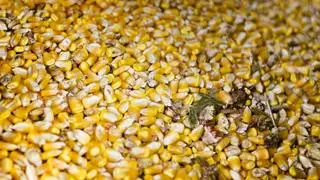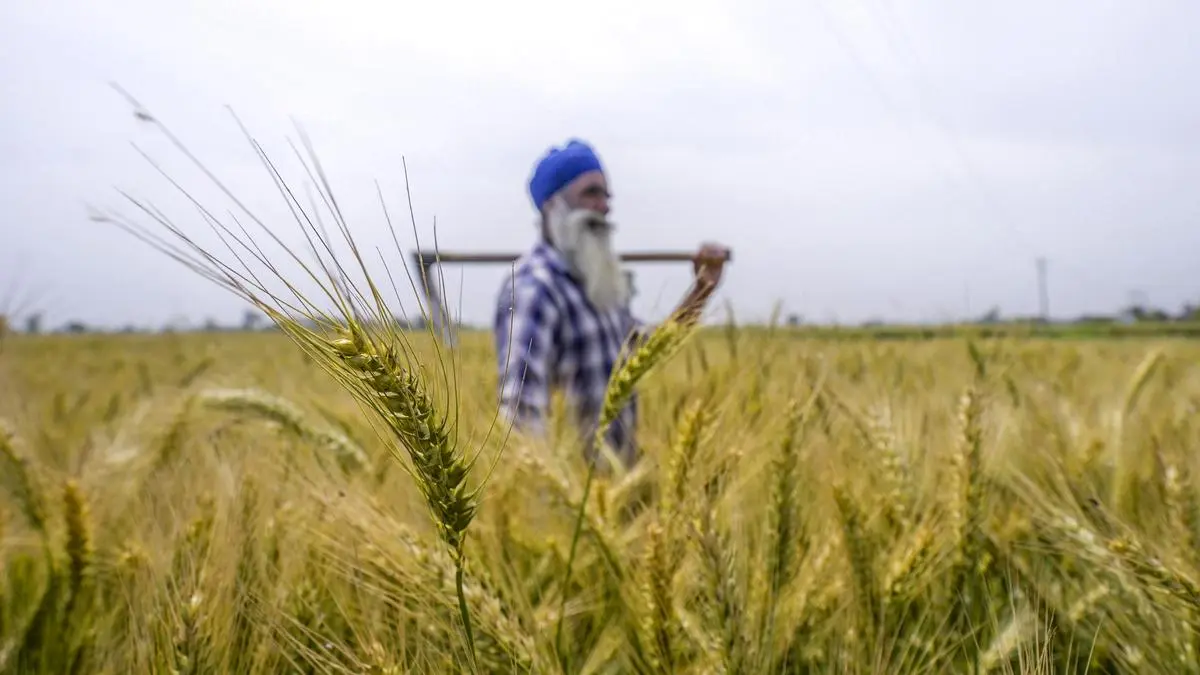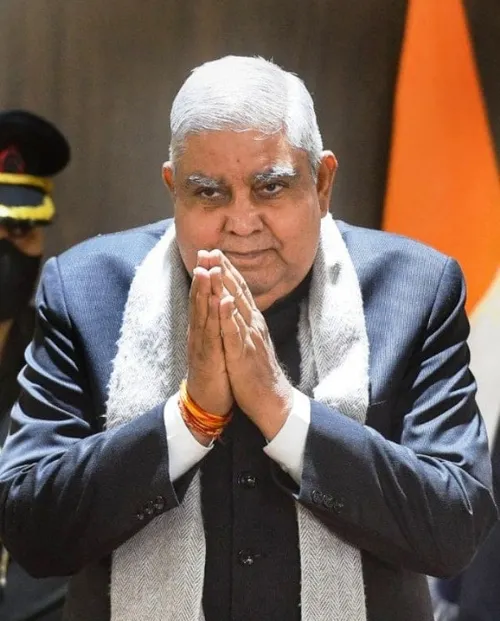The recent announcement by US President Donald Trump to implement a 26 per cent reciprocal tariff on Indian goods has understandably sparked concern across various sectors, including agriculture. (It has now been paused for 90 days, though). For India, the implications of such a move aren’t black and white—they fall into a grey zone of mixed outcomes. Some segments feel the heat, while others find unexpected openings.
The impact of these tariffs on Indian agriculture can be viewed from two angles: cost pressures and market opportunities. These tariffs have indirectly raised the cost of imported machinery and agrochemical inputs, adding pressure to production costs for Indian farmers and agri-businesses. Sectors such as seafood and gherkins have expressed concern about reduced competitiveness in the US market.
However, commodities like rice and cashews have gained due to India’s relatively lower tariff rates compared to those of its regional competitors. For instance, a 26 per cent tariff is imposed on Indian goods, whereas much higher tariffs are levied on other Asian countries, including China and Vietnam. This relative position maintains the competitiveness of Indian agricultural exports and even opens up avenues in the US despite tariff wars.
Apart from the short-term trade balance, the present situation underlines the need for diversification for the sake of resilience on the part of Indian agriculture. Past trade tensions have allowed Indian exporters to find a way into South-East Asia and the Middle East. The two regions acted as steady second-best alternatives and thereby softened the blow of the U.S. actions for India.
This indicates the ever-increasing need for self-sufficiency and market resilience. Given the current protectionist scenario, India needs to further invest in strengthening its agriculture value chain, both internally and externally. Enabling domestic capabilities, streamlining export conduct, and formulating politically expedient policies are key to keeping this sector adaptive against external shocks.
Minimising impact: Strategy to safeguard Indian agricultural sector
As India faces the ripple effects of the new US tariffs, it is not only a test but also an opportunity to reset our strategy. The journey ahead will need more than makeshift solutions. It demands strategic thinking, wiser trade choices, and a mindset of long-term strength. The following are some of the important steps that can secure India’s agro-sector and transform pressure into progress.
The first step should be to expand and diversify our export markets. Heavy reliance on a single trade partner makes any industry susceptible to imbalances. Indian agri-exporters should continue deepening their efforts in alternative markets such as Africa, the ASEAN, and the GCC nations.
The second area of focus is on value-based agroproducts. Rather than working only on raw or primary produce, India should focus on innovations in processing and packaging. This ensures a better export price -more like an insurance policy against widespread commodity price crashes and import duties.
Third, the government could grant GST waivers and concessions on duties on agricultural input items like agrochemicals and machinery, which would help reduce the cost pressures from within the country and enhance the competitive spirit of Indian produce on international platforms. Developing infrastructure is also crucial. Improved cold chains, warehousing, and logistics efficiency minimise wastage and lead time, two crucial factors for any global buyer’s confidence.
Another important, often neglected strategy is assisting MSMEs in agri-exports. India needs to build a new generation of quick, innovative, and globally connected entrepreneurs in agri-exporting by facilitating access to credit, lowering the burden of export compliance, and providing support from Trade Facilitation Councils.
As mentioned, trade policies such as Trump’s tariffs can create disruptions, but at the same time, they provide an opportunity to reassess and improve our systems. Indian agriculture needs to target not only persistence but also global relevance. We must increase investment in quality, compliance, and competitiveness and convert intermittent trade disruptions into long-term strategic gains.
The road ahead demands productive capacity and a firm focus on protecting the backbone of our economy—our farmers. While trade alliances are necessary, they should not be at the expense of policy independence or self-sufficiency. Rather, India needs to leverage this period to build its agri-value chain, upgrade production, and become a competitive world supplier. The approach should be patience, leverage, and a clear purpose with confidence, but not losing focus on the farmer in the middle.
The author is Chairman, Dhanuka Agritech Limited
More Like This

Published on April 12, 2025
Anurag Dhole is a seasoned journalist and content writer with a passion for delivering timely, accurate, and engaging stories. With over 8 years of experience in digital media, she covers a wide range of topics—from breaking news and politics to business insights and cultural trends. Jane's writing style blends clarity with depth, aiming to inform and inspire readers in a fast-paced media landscape. When she’s not chasing stories, she’s likely reading investigative features or exploring local cafés for her next writing spot.






